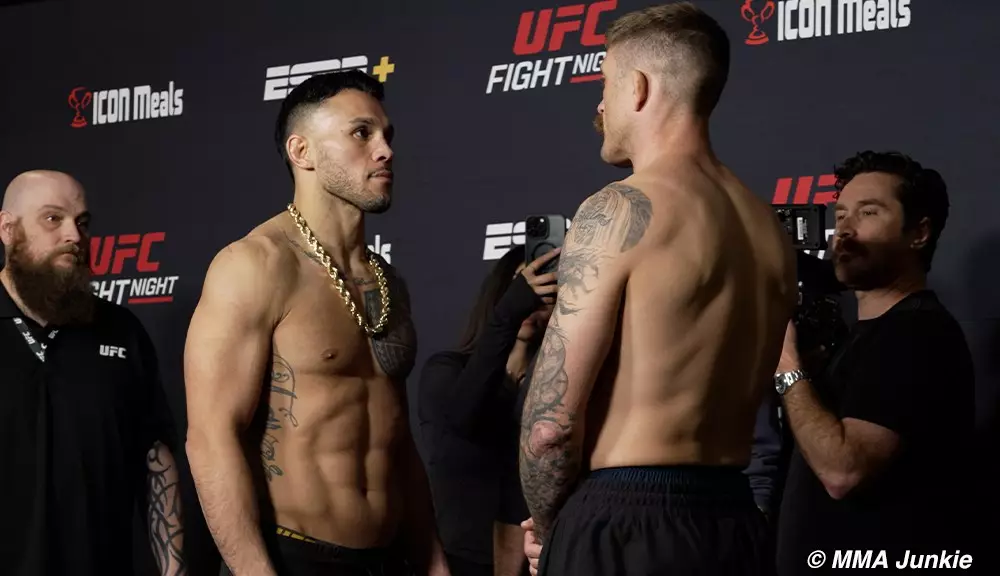The UFC has taken a monumental step forward in the realm of fighter compensation with the implementation of its Promotional Guidelines Compliance program. This initiative, which aims to redefine the financial landscape of mixed martial arts (MMA), replaces outdated payment systems with a comprehensive approach that emphasizes not only performance but also participation in media obligations and adherence to fighter codes of conduct. With $161,000 distributed at the recent UFC on ESPN 65, this program signals a shift towards more sustainable and equitable earnings for fighters who contribute to the UFC brand.
Breaking Down the Payout Structure
The beauty of the new payout structure lies in its tiered system, which acknowledges the fighters’ experience within the organization. This graduated scale rewards fighters based on the number of bouts, both in the UFC and its predecessors, Zuffa-era WEC and Strikeforce. For example, newcomers participating in their first fights receive $4,000, while experienced fighters with over 20 bouts can earn up to $21,000. Such a system is not just logical; it reinforces the notion of meritocracy within the sport. Champions and title challengers receive premium payouts, further emphasizing their stature in the MMA hierarchy.
What stands out is the royalty component, which promises fighters a significant share—20 to 65 percent—of any merchandise sales featuring their likeness. This innovative strategy credits fighters not only for the match they fight but also for the enduring impact they have as athletes and public figures. It’s about time that fighters, akin to athletes in other professional sports, received compensation reflective of their market value.
Compliance: A Path to Professionalism
The transition to the UFC Promotional Guidelines Compliance program is not merely about payment; it establishes a formal framework that urges fighters to engage more professionally with the UFC, media, and fans. Under this program, compliance with outfitting mandates and media sponsorships is crucial for maximizing earnings. The aim is to elevate the professionalism of MMA by encouraging disciplined representation and brand alignment, which can ultimately enhance the sport’s image and marketability.
However, this system is not devoid of criticism. Some argue that tying payouts so closely to public relations obligations may create discrepancies between fighters who excel in the cage and those who understand the nuances of audience engagement. The emphasis on “Media Obligations” can inadvertently favor fighters who may not necessarily have the same skill set or talent but excel in promotional aspects.
Implications for Future Fighters
The ripple effects of this new compensation structure could invite a wave of emerging talent into the sport. For aspiring MMA fighters, the promise of a more equitable reward system may be enticing enough to pursue a career in UFC. As the organization aims to attract top-tier talent, the guidelines could serve as motivation for young fighters to not only excel in their physical prowess but also to engage with the growing fanbase effectively.
Despite potential challenges, the UFC’s new payment program represents a significant overhaul of a flawed compensation system, rewarding not just athletic excellence but a commitment to professionalism. If properly executed, this initiative could redefine fighter earnings in MMA, aligning them more closely with what is seen in other professional sports.

